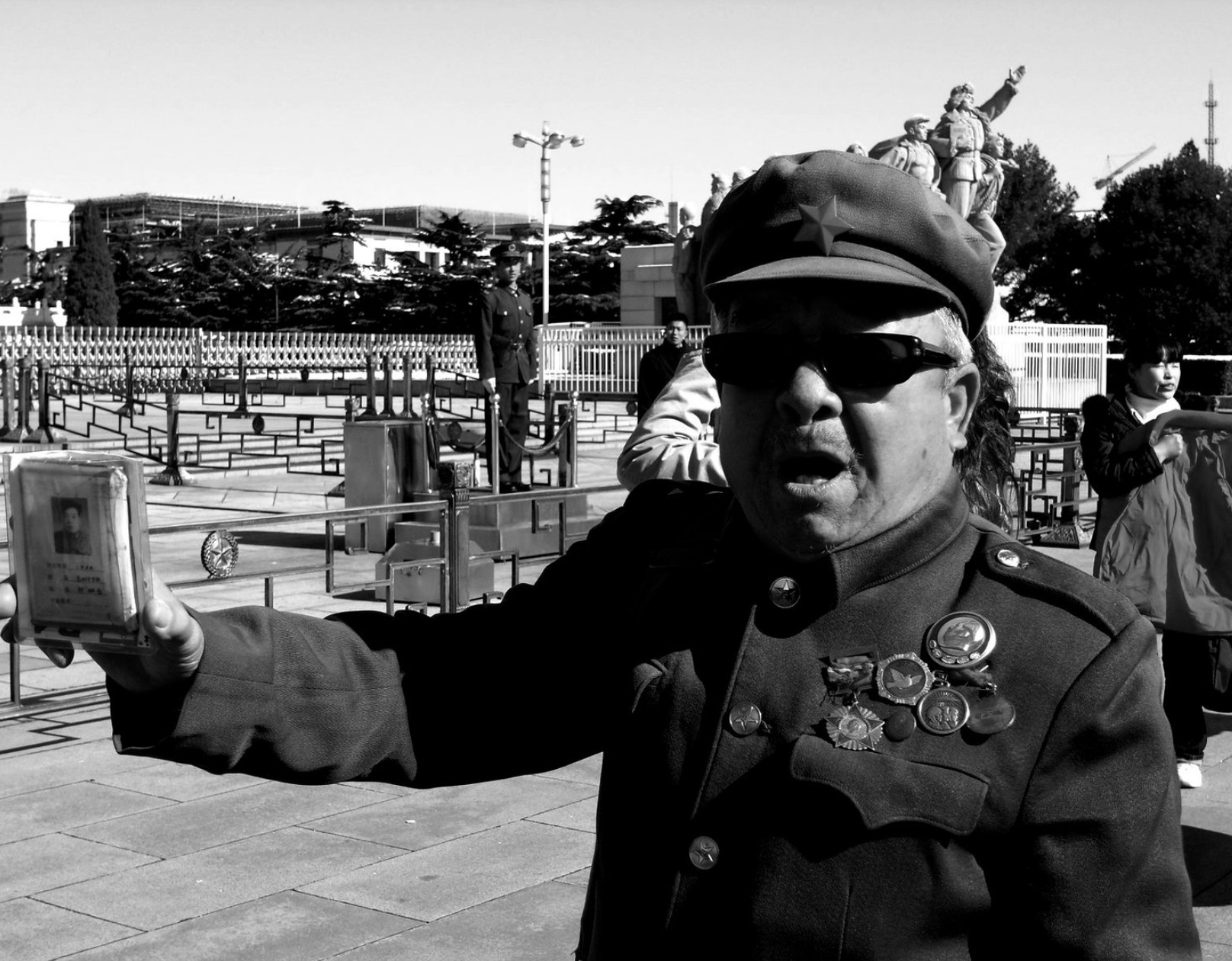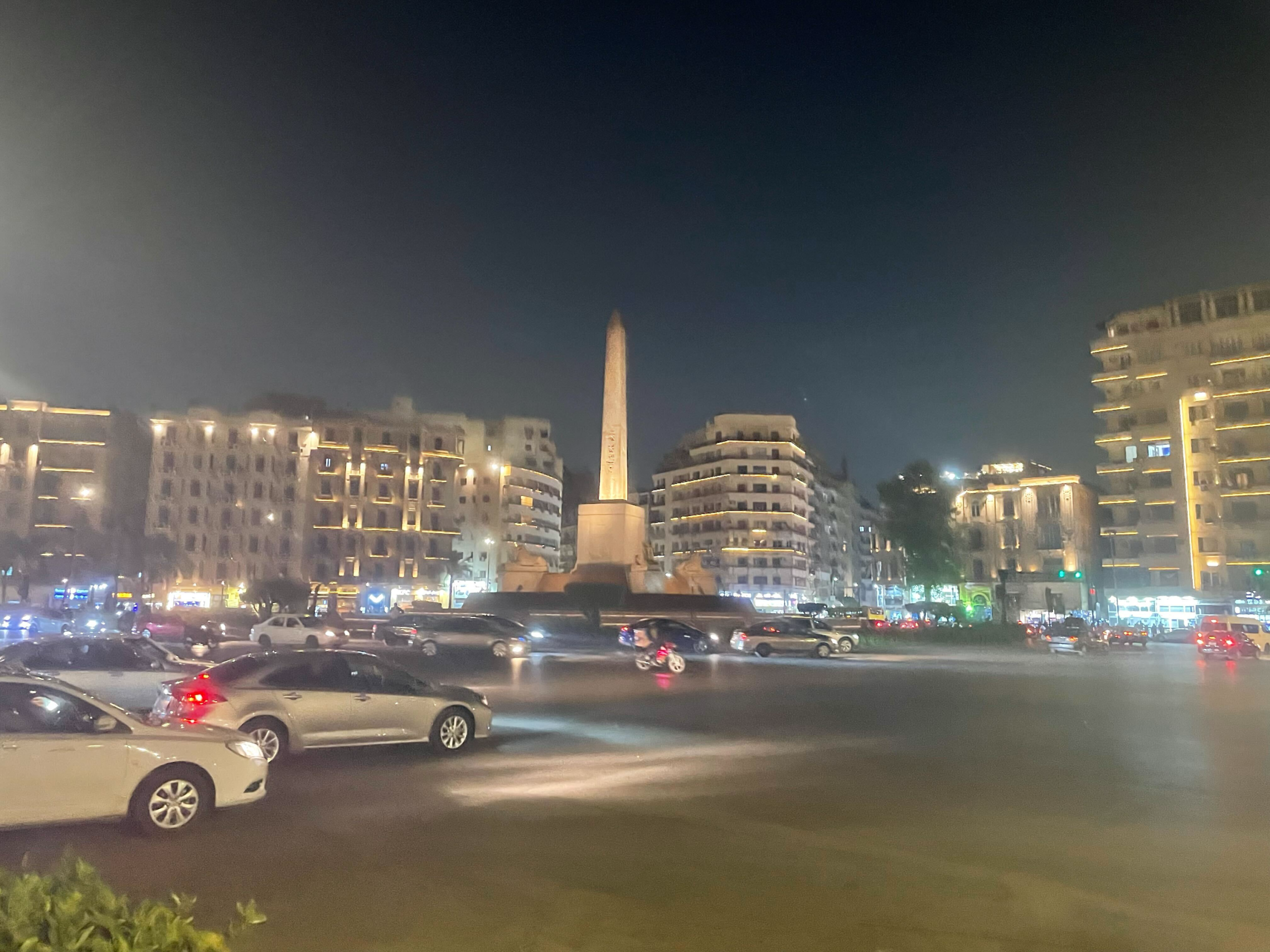
In conversation with: Oxford Action 4 Palestine Encampment

I walk into the Oxford Action (OA4P) for Palestine encampment at Pitt Rivers Museum; the path is littered with boards to keep the boggy ground at bay; a Palestinian flag greets me along the way with two massive whiteboards; one for the schedule of the day, and one for the list of chores to be accomplished that day. I’m welcomed in and told to hang around the encampment; there is a lecture on Gramsci to attend, and hot samosas that have just been delivered by someone in the community.
The encampment has been open for the last 23 days, with the goal of entering negotiations with the university over their six demands: that the university, discloses its assets, divest from holdings implicated with the conflict in Gaza, overhaul its investment policy, boycott institutional relations, drop Barclays, and rebuild and reinvest in the state of Palestine. Daily ‘teach-ins’ and lecturer series are provided by supportive faculty members and all the camp supplies, like tents and bins are community sourced. Speaking to about the different roles at camp, he said, “We don’t have prescribed roles – I was often helping with coordinating meals, helping serve meals.” Other roles included moving boards, leading community check-ins, and organising speaker events. In a particular instance, “someone stepped up to say: ‘Hey, I’ll do an inventory of the books, make a magazine, keep the space clean.’” The library in question is the collection of Palestinian books; everything from children’s colouring books to Edward Said’s orientalism.
In the 23 days since the encampment set up at the Pitt Rivers site, the feeling amongst the participants has evolved. In the first couple days there was “maybe a hesitance around it; we didn’t know what we were doing or what the university response would be” says a student. As the movement gained attention and traction, more participants showed up, and the conviction of the participants only increased. At their Friday night dinners, sometimes as many as “150 people show up.” The encampment also meaningfully creates a space for those community members who may not have felt relevant or necessary to university life, but have now found a space to contribute, by aiding the everyday needs of the camp. Families show up in solidarity to the encampment, with a bulwark of emotional support in supplies, food, and the occasional child.
Not everything is sunshine and solidarity; in the time since its establishment, the camp has faced two major attacks. “There were 5 or 6 men who came and tried to attack the encampment”, and only two nights ago, a “man with a knife showed up,” which “definitely shook people up.” The camp’s main priority when attacks like these happen is de-escalation. “They [the trained de-escalators] essentially said: don’t engage, don’t let them get to you, because it’ll only make us unsafe.” The encampment response has been focused on safeguarding its members emotionally. “The day after the first major attack, we spent a lot of time talking as a community, about how we felt.”
Similar distress has been felt after the “disproportionate” police response to the peaceful student sit-in on Thursday. Of the 17 students arrested, the “latest releases were around 2 AM on Friday morning.” The students were sent to Banbury and Abingdon jails; the protestor I speak to calls the response “absolutely ridiculous.” The demonstration at the Vice-Chancellor’s office was a “peaceful sit-in” with “no property damage, or assault, even though the university tried to claim there was.” The University, in their letter to students, cites “physical handling” and “forcible entry”. Notably, the protestor claims that the “CCTV coverage would validate our [the Encampment’s] response, but it hasn’t been released.” One wonders why.
Despite the severity of the response, the predominant feeling is one of consolidating support and increasing effort. Multiple organizations, including St Antony’s College, Balliol JCR, Sommerville JCR, Jesus JCR and Wadham’s Student Union have put out statements critical of the University response, and supportive of OA4P’s efforts. The protestor I speak to says, “I had an outpouring of support from my friends, even those who don’t come to the encampment but are supportive: they messaged me, asking what they could do, if I was okay.” It’s clear that many students at the university who feel “the police response was unrepresentative”, which is leading to “a lot more support from students, staff and faculty.” The creation of the second encampment appears to be a student response to the university’s use of police against their own students.
On the second encampment, the protestor says that it “was created with the intention of just getting the university to negotiate with us, which is really a bare minimum.” The encampment has contacted the University, requesting dialogue and for the university to open negotiations. They have also elected “student negotiators”, who have identified themselves to the University. According to the University statement on the 14th of May, they “remain committed to the constructive dialogues we have been having regarding our response to events in Gaza.” Further, in the letter sent out after the student arrests, the Vice-Chancellor insists that the “OA4P have not been transparent about their membership nor whose interests they represent.” and that they have not entered negotiations because of the “prejudiced nature” of the demands mentioned above. The University has “not made any contact” and “have not responded to our email.” The goal of the second encampment was “to bring it closer to the public and the vice-chancellor and to say: we’re not backing down.”
Since the encampment has been set up, there have been a number of graduations held in front of the protestors site. During one of which OA4P conducted a ‘die in’ where-in members gathered and lay down in front of the building. The main entrances to the Rad Cam have been shut since the second encampment got set up, forcing students to use the Gladstone Link to access the library. In response to this, and other student concerns regarding disruption to student life during finals, the protestor said, “I have to recentre what is happening in Gaza. Every university in Gaza has been destroyed; there is no graduation for the class of 2024 at any university in Gaza because Israel has destroyed every university.” Further, the graduations did go on; they were “uncomfortable”, because the students graduating had “to face the fact that this university is complicit in genocide.” The graduations were held, but “in this moment where we said: don’t forget. Don’t forget what’s happening in Gaza, don’t forget the students there.”
Notably, the camp insists that the closing of the main Rad Cam gates is university action, not the wishes of the encampment. The protestor insists that “they’re the ones who locked the doors of the Rad Cam. We did not lock that. We wanted them to remain open, and intentionally left the central path clear for this reason.” At the Pitt Rivers Encampment, individuals are freely able to access the Pitt Rivers Museum in front of which the encampment is pitched.
Students also face serious concerns in their participation; many of them are international students who risk potential deportation and visa concerns. This has manifested itself seriously in those protesting at American universities, where vulnerable international students have been deported on being arrested for protesting. Those who are DPhils fear risking their employability by signing open letters; in the current dire job market, expressing ‘controversial’ political opinions or being seen as participating in backlash at an academic institution may be seen as a point of concern for employers. To this, the protestor emphasizes “strength in numbers; the fact that there are hundreds and hundreds of people, that is a big deal.”
As the evening comes to an end, the encampment carries out their daily community check-in. Cheers and chants and reassurances intersperse the interview. Community check-in reminds supporters why they are here, how to keep going, and reflects on the dire events of the past few days. Somber consideration and sorrow descend on the camp as they then FaceTime someone in Palestine; he recounts his experience in the last few days and the horrors he’s had to witness. “There is nowhere to run,” he says. “No one is safe in Gaza now. If you are a UN worker, in a camp, in a hospital, you are not safe. All you can do is stay alive and save yourself.” The camp reminds itself of what it is protesting for: for the lives of all that were lost, and all that are in danger in Rafah, and Gaza. He asks tentatively whether his English was alright; the entire camp chants back in Arabic to reassure him: “min el-mayya lil-mayya, filasteen arabiyya!”∎
Words by Treya Agarwal. Image courtesy of Clara Hartley.







